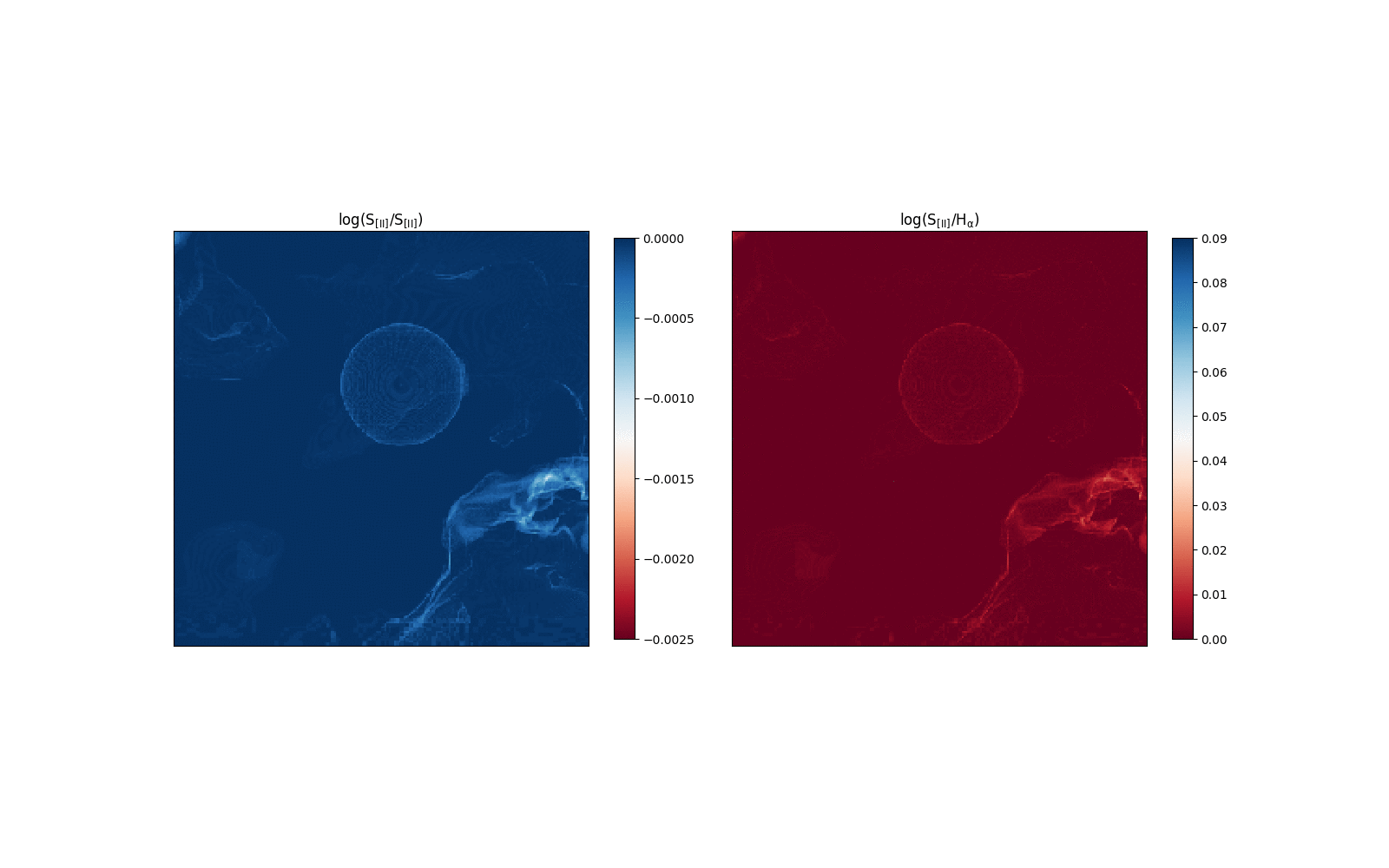Radiative feedback in molecular clouds from cooling supernova shock waves
Ekaterina Makarenko
Massive stars (with mass > 8 Solar masses) end their lives dramatically with an explosion of incredible power: a supernova. Supernovae (SNe) inject ~ 1051 erg per SN into the interstellar medium (ISM) shaping the chemical, thermal and also dynamic evolution of galaxies. The gas which is shocked by SN is heated to 107 K and cools by emitting radiation at different energies. As such, SNe do not interact with the ISM purely through the physical act of shocking gas but also through the production of high energy photons (and cosmic rays) which are re-absorbed by the surrounding dense molecular gas. Typically, about 70% of the initially injected SN energy is lost by radiative cooling. The question is how to make simulations taking into account all the physics of this process?
Commonly, the former process (the shocking and shock heating) is always treated in numerical simulations of the SN-driven ISM. But the fate of the emitted cooling photons is usually neglected as the surrounding medium is treated to be optically thin with respect to the cooling radiation. That is why we are developing a post-processing module for FLASH code to calculate the cooling radiation from shock-heated gas in different energy bands ranging from X-rays to UV and Optical emission as shown on Figure 1. Using modern collision excitation data from MAPPING V (Sutherland et al. 2018), we can produce realistic maps of SNe emission taking into account angular resolution, radiation transfer effects, etc. The results of this work can be compared with real observations of supernova remnants. For instance, the time-dependent emission in different energy bands is analyzed for supernovae, which have exploded in different ISM environments. Considering that supernova remnants (SNRs) are key objects to study the chemical enrichment of the ISM, we can extend our model to use them as an excitation diagnostic tool for distinguishing among HII regions objects photoionized by a harder radiation field (SNe and SNRs), see Figure 2.

